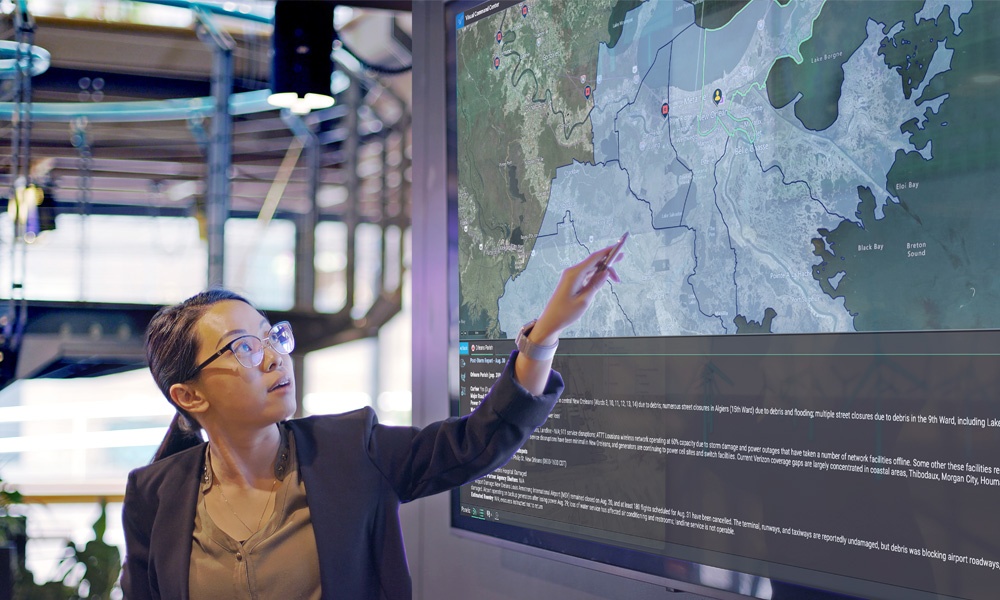Blog
#IoTDay — What does it really mean for your business?
Although it seems like it just recently entered our lexicon, the term “Internet of Things” was actually coined in 1999. While Y2K-era terminology has disappeared (like Y2K), “Internet of Things” is slowly crossing into the mainstream, following its late-1990s (1996) contemporary concept, the “cloud.” In fact, let me be among the first to wish you and yours a Happy Internet of Things Day. Today marks the 5th annual occurrence of the holiday celebrating all things IoT related.
Well, maybe not all things. Let’s take a step back for a second. If you asked a layperson (albeit a technically savvy one) to describe the Internet of Things, you’d likely be regaled with tales of smart refrigerators, WiFi-connected washers and dryers and thermostats you can control from an iPhone. And while these are certainly true examples of the IoT, they are also very consumer-focused. There are significantly broader usages of the IoT well beyond the home—from B2B usages in commercial building infrastructure management, to pacemakers (which I guess is the ultimate consumer implementation at its core, but one impacting the medical device market).
What is the major difference between a consumer example and a B2B one? While the former is primarily focused on convenience—it’s great to be able to have your home’s heat set to increase before you arrive, or know when you need milk—the latter typically involves the collection of critical data that can, or should, spur action from a human. If the temperature rises in a commercial building, for example, servers and other technological infrastructure may fail. If a pacemaker stops functioning, the patient may die. If a dam is breached, property may be destroyed and lives lost.

Worst-case scenarios? Certainly. But they underscore the importance of the data being connected by these collected devices, and then analyzed and acted upon. And, a critical piece of the IoT equation is the ability to react quickly to harness this critical, actionable information when the data suggests a negative event is imminent. Let’s say there’s a fire affecting the top 3 stories of your office building. Your security system features a badge scanner that’s connected to a company database that includes company and office location for each employee. A “smart” fire alarm starts to go off indicating a situation on floors 4-6. Ideally, not only would these systems “talk” to each other, but they’d use a critical messaging solution to “talk” to the people most affected by this situation: anyone on floors 4, 5 or 6, with a critical message sent immediately via text, email and phone, ensuring the message gets received.
This is a capability we at Everbridge can help deliver–to more than 100 million connected devices.
As we recognize this fifth Internet of Things Day, be sure to remember both the capabilities of a world of connected devices, and the need for them to deliver important messages to the people who benefit from them.
You can follow Internet of Things Day on Twitter by searching for #IoTDay.


